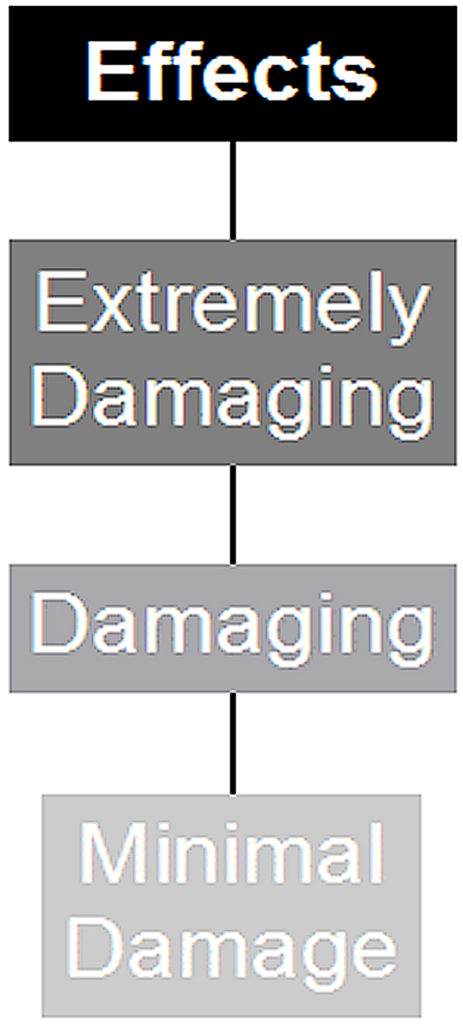 Particulate contaminants that are circulating in fluid power systems cause surface degradation through general mechanical wear (abrasion, erosion, and surface fatigue). This wear adds to the problem because it causes increasing numbers of particles to be formed, the result being that wear also continually increases. If this “chain reaction of wear” is not properly contained—by reducing contamination—the result is early system failure.
Particulate contaminants that are circulating in fluid power systems cause surface degradation through general mechanical wear (abrasion, erosion, and surface fatigue). This wear adds to the problem because it causes increasing numbers of particles to be formed, the result being that wear also continually increases. If this “chain reaction of wear” is not properly contained—by reducing contamination—the result is early system failure.
“Gaps grow larger, leakage oil flows increase in size and operating efficiency (e.g. of pumps, cylinders) decreases,” Matt Brown, Product Manager Filter Systems at Schroeder Industries said.
“The mechanical wear is more pronounced in systems that operate under higher pressure,” he said. “In general, the higher the operating pressure in a system is, the cleaner the hydraulic fluid needs to be.”
Brown noted that along with foreign particles, other contaminants in hydraulic fluids are water and gases (e.g. air). “Both can be present in a dissolved and free state, and both can add to the cause of component failure.”
The following are the negative effects that both elements can cause:
Free water causes:
• Corrosion: Corrosion pits, rough surfaces and release of abrasive flakes into the fluid resulting in an increased level of particulate contamination
• Microbial colonization / Bacteria: Odors, acids, slime, and health problems
• Loss of lubricity: Free water enters contact loading zones, allowing opposing surfaces to crash together, results in high friction, wear and seizure
• Additive depletion: Free water retains polar additives
Dissolved water is responsible for:
• Faster oil oxidation: Accelerates this form of oil degradation, leads to oil acidity, thickening, varnishes, sludge & resins
• Reduced Fatigue life: Propagation of fatigue cracks in metals
• Demolition of Ester-based fluids and additives: Reacting with esters (hydrolysis) results in formation of acids, gels, and loss of additives
Air effects:
• Oil oxidation: Mostly oxygen reacts with oil resulting in premature degradation (oil aging)
• Varnish formation (oil aging)
• Cavitation: Formation and collapse of gaseous oil cavities causes decrease in pump efficiency and damage to pumps
• Noise and increase of temperature result in dynamic operating problems and system stiffness reduction
• Micro-diesel-effect
• Change of viscosity
“To avoid the contamination issues listed above and particulate contamination should always be the goal. To achieve maximum life expectancy in any hydraulic system, it is imperative to continuously clean the fluid with system filters (suction and return filters) and independent Kidney Loop systems (e.g. on a hydraulic tank) that support the effectiveness of the system filters,” Brown said.
By Joyce Laird

Leave a Reply